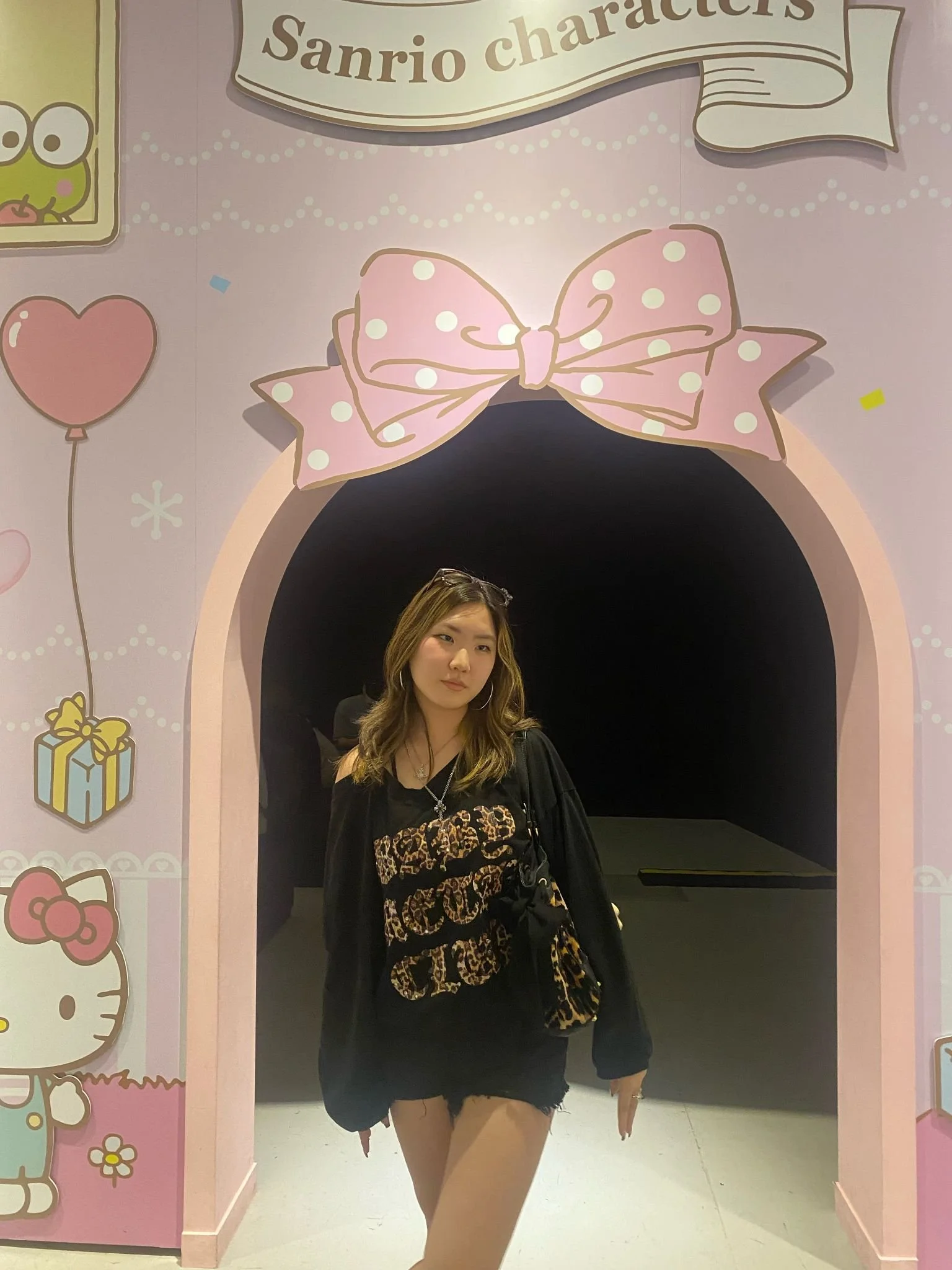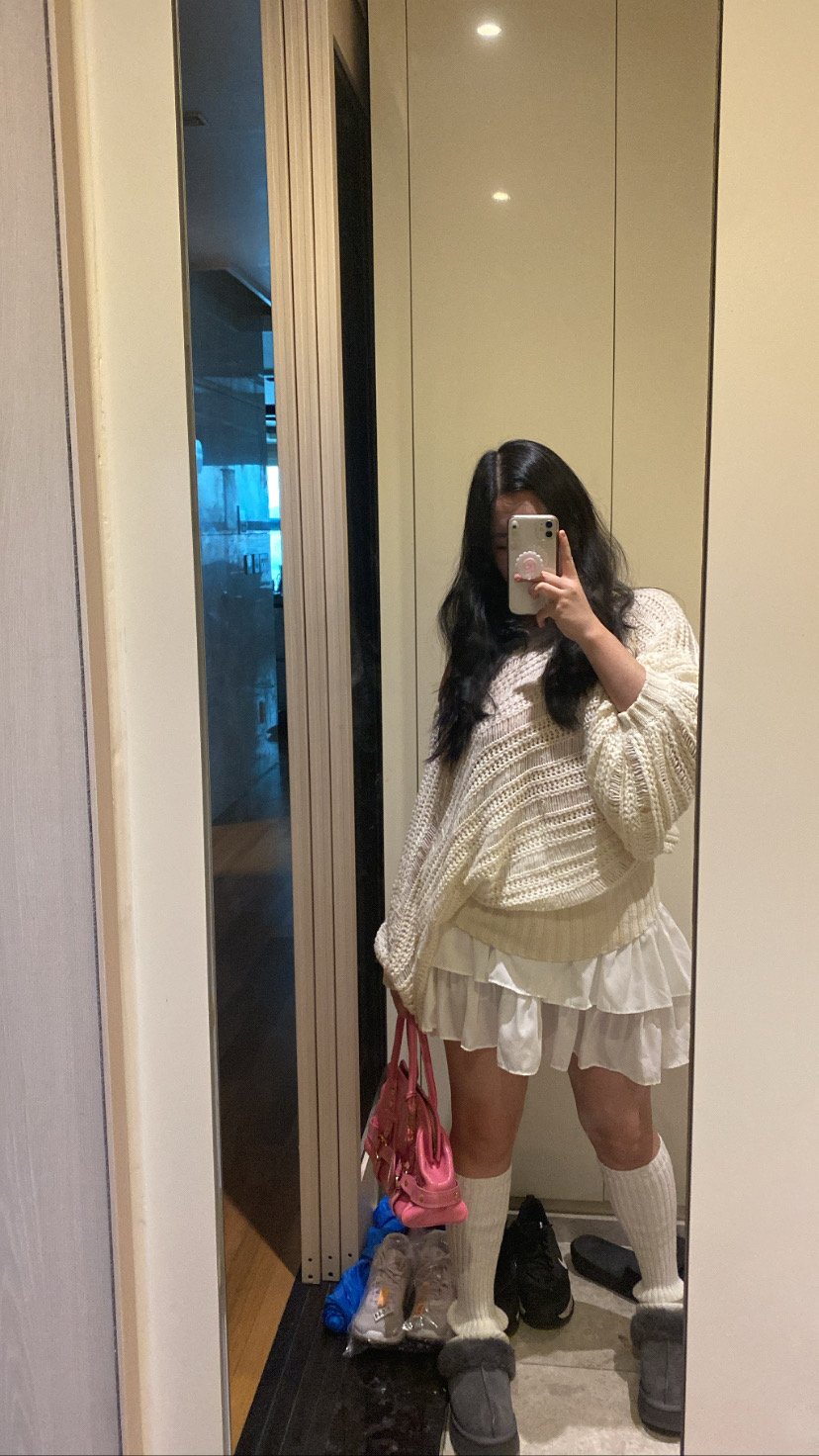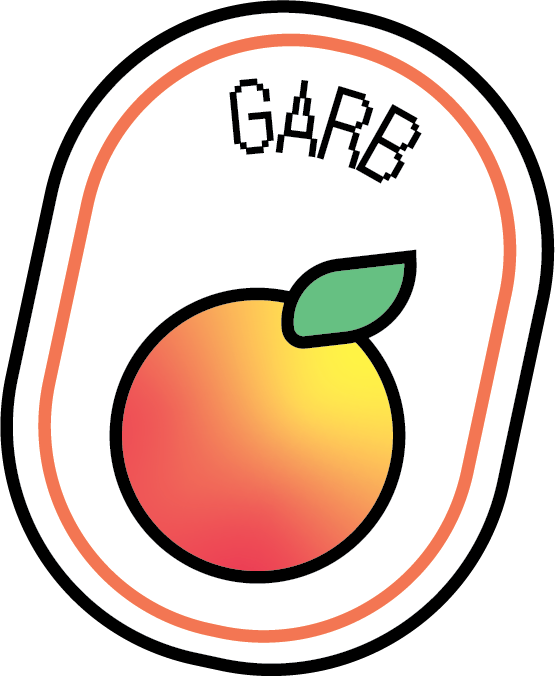GYARU!
Graphic by An Dang
What is gyaru?
“Gyaru,” derived from the English word “gal,” is a Japanese fashion subculture. Gyaru emerged in the 1970s and gained popularity in the 1990s. Gyaru is a nonconformist subculture, and a core element of gyarus is rebelling against traditional beauty standards. At a time where Japanese women were held to societal standards that required them to appear dainty and modest, gyarus started adopting different forms of expression to oppose these standards.
Gyarus are often characterized by their distinct style as well as other parts of their appearance, such as their makeup or nails. Many styles of gyaru involve a tan, and their makeup focuses on elongating the eyes. Gyarus usually wear dramatic makeup, applying false eyelashes on the top and bottom of the eyes and white eyeshadow below the eye to make them appear larger. Gyaru makeup also usually consists of dramatic nose contour and highlighting. In addition, gyarus can be seen with highly elongated fake nails. Hairstyles usually include bleached blonde hair, but a variety of different shades are often used as well. Many subcategories of gyaru decorate their hair with bold accessories such as hair clips or extensions.
Different types of gyaru
There are several subcategories of gyaru, and the forms of expression and style vary widely among these different types. While there are numerous types of gyaru styles, I will be introducing four of my favorite ones.
Kogal
Kogals are gyarus who employ looks inspired by schoolgirls. They are typically seen wearing outfits that look akin to school uniforms, such as miniskirts, brown sweaters, and loose socks.
Rokku Gyaru
This category of gyaru incorporates elements of rock and punk culture. This inspiration is evident in their incorporation of darker colors within their clothing, rather than the bright colors typically associated with gyaru fashion.
Hime Gyaru
“Hime” is the Japanese word for princess, which basically sums up this style of gyaru. Hime gyarus typically wear exaggerated hairdos and elaborate dresses, and bows, lace, and frill can commonly be found within their fashion.
Onee Gyuaru
This style of gyaru is associated with a more mature aesthetic, focusing on more modern trends and high fashion. Onee gyarus are also characterized by their focus on brand names, and their clothing incorporates a lot of leopard print.
Stop westernizing gyaru!
With the rising popularity of gyaru internationally, some incorrect uses of the term can be spotted on social media platforms. For example, some people have coined the term “coquette gyaru,” an attempt to westernize the already-existing term “hime gyaru.” On that note, coquette and hime gyaru are two completely different styles and aesthetics. While the style of hime gyaru is inherently rooted in Japanese women’s resistance against traditional beauty standards, coquette does not carry these same connotations. This is why coquette carries a softer, more natural aesthetic, while hime gyaru is more over-the-top lacey princess. People should separate gyaru from Western trends and use terms that already exist to describe Japanese substyles, rather than employing incorrect English terminology to do so.
Gyaru brands & shops
If you want to get into gyaru fashion, there are many different brands and shops that you can refer to. While these are all Japanese and Korean, many of these brands can be found at second-hand/vintage stores.
Cecil McBee—This Japanese brand founded in 1984 sells an assortment of more muted, mature items for women, typically associated with an Onee gyaru style.
d.i.a—This Japanese brand is well-known for its black, white, and gold items, as well as its large belts, often popular amongst Onee gyarus.
Liz Lisa—This Japanese brand mostly features items with soft, pastel colors, as well as items with lace and bows. Their clothing is popular among Hime gyarus.
Babymetalclub—This is a Korean brand that has recently extended into the Japanese market, directly taking inspiration from many styles of gyaru.
Galzrecords—This relatively new Korean brand sells items characterized by rhinestones and leopard print, typically associated with Rokku and Onee gyaru.
@gyaru_closet on Instagram—This is actually a shop run by a Korean gyaru, who sells her own clothing through her Instagram account. Her clothes are mostly of a Hime gyaru style.
My relationship with gyaru?
I wouldn’t necessarily label myself a gyaru, but I do think that a lot of my fashion takes inspiration from it. For one, I really like leopard print and tend to incorporate a lot of it in my everyday outfits. Babymetalclub is one of my favorite brands, and I also enjoy buying vintage gyaru items. My daily makeup also takes inspiration from certain aspects of gyaru makeup, such as colored contacts, doll-like eyelashes, and use of glitter in the inner corners and on the undereye. I also like nails that incorporate elements of gyaru culture.
My favorite top from Babymetalclub.
Vintage top from Cecil McBee; bag is vintage Samantha Tavasa.
My most recent nail set.





















